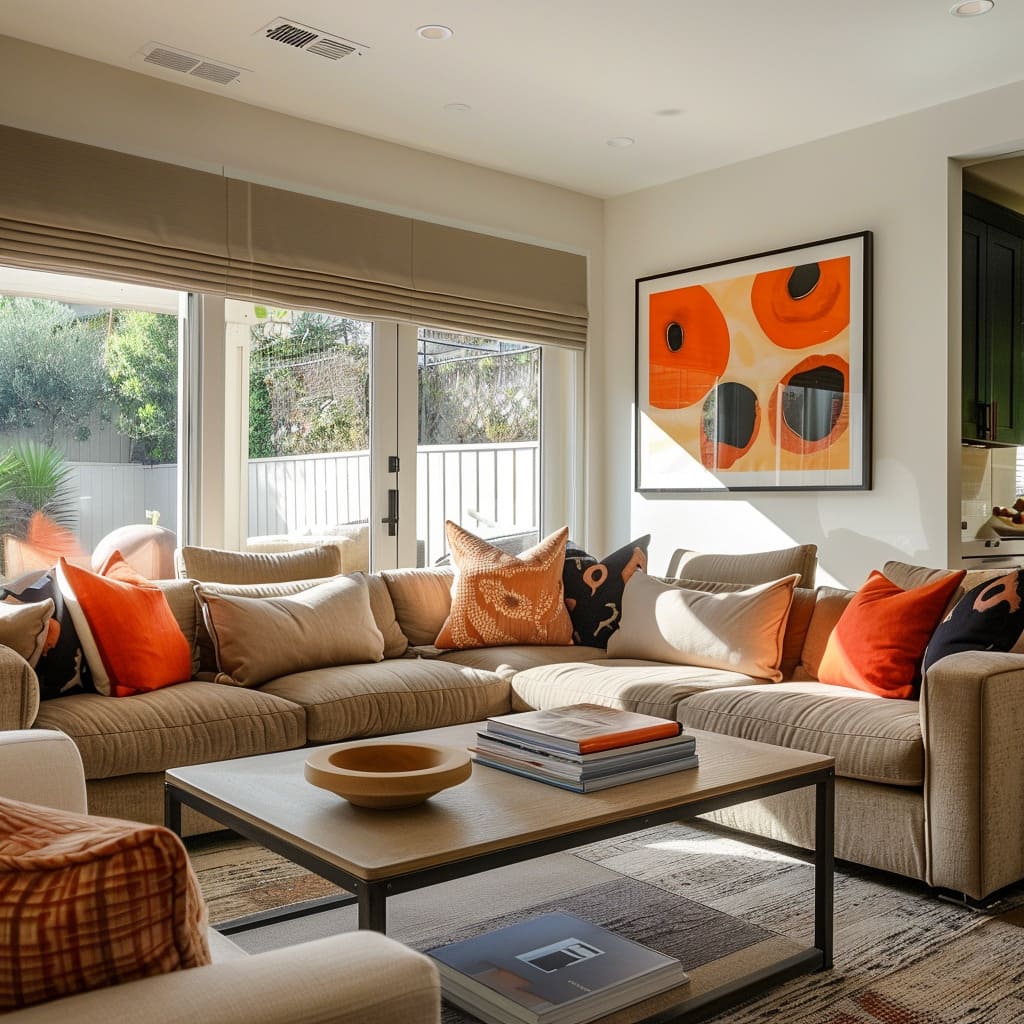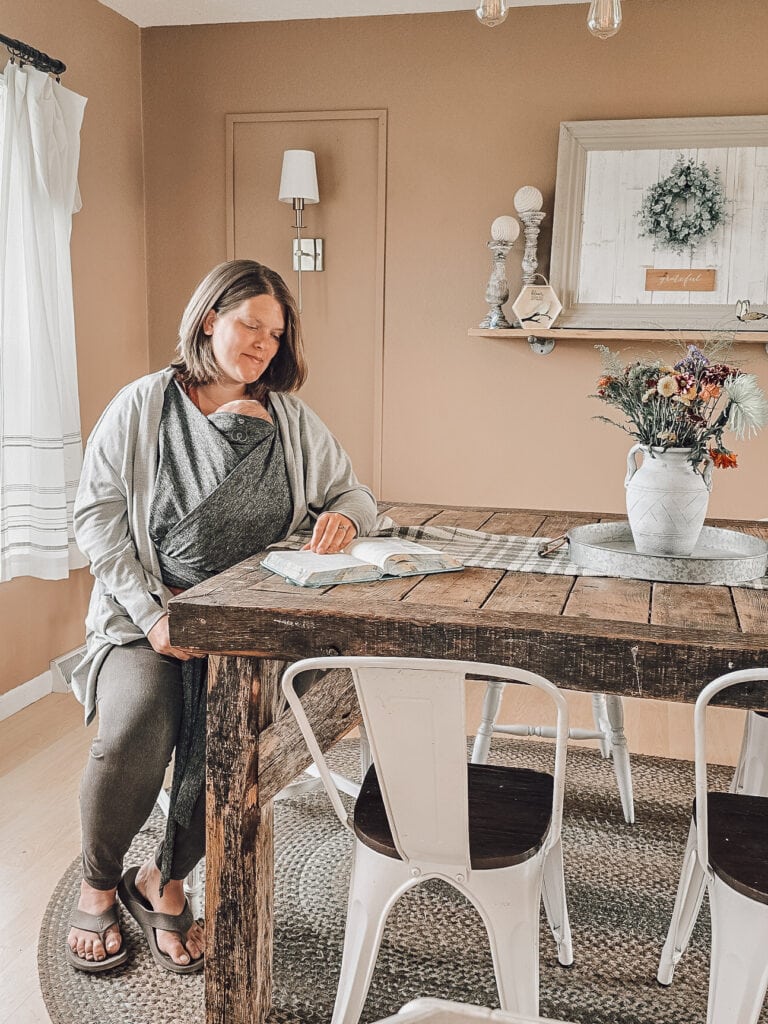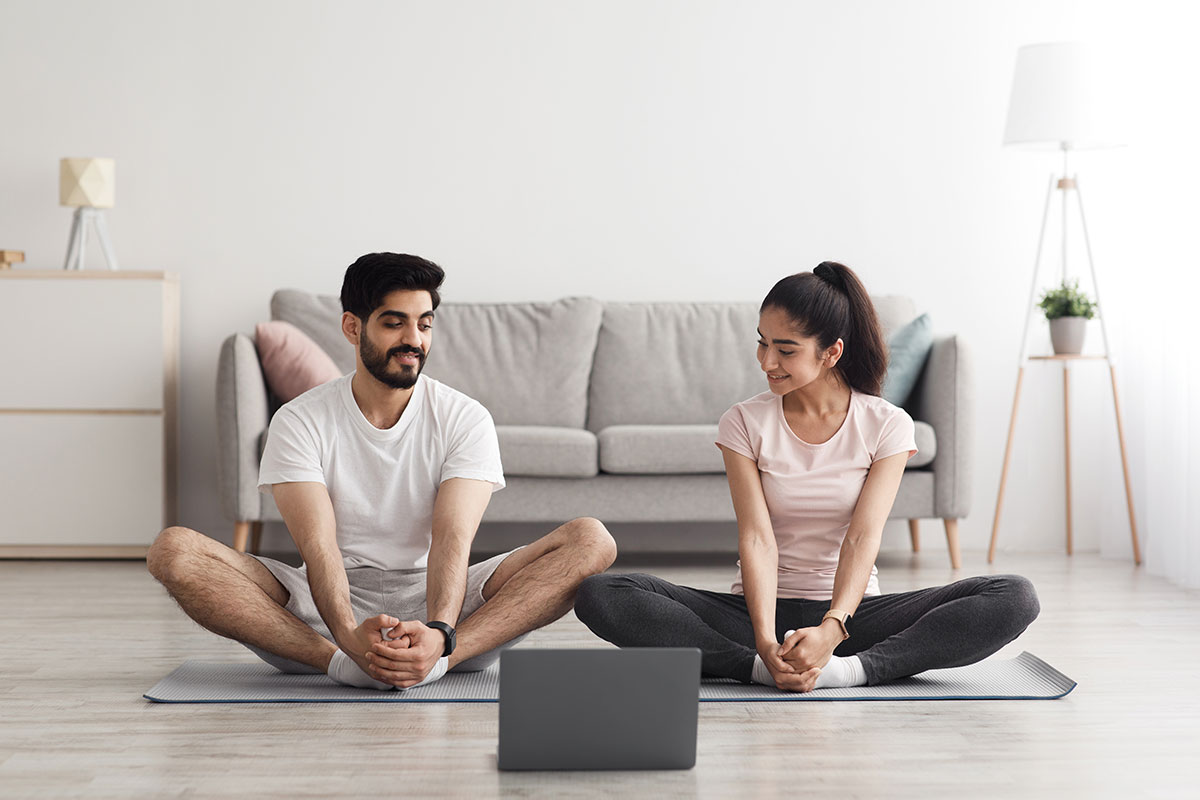How Simple Living Can Inspire the Creation of More Functional and Cozy Spaces in Our Homes

The Benefits of Simple Living in Home Design
In today’s fast-paced society, the overwhelming presence of clutter can lead to stress and distraction. Many individuals are turning towards the philosophy of simple living as a solution. By minimizing the excess in our lives, we can focus on what genuinely enriches our existence. This approach not only shapes how we curate our belongings but also transforms the very essence of our living spaces, steering us towards areas that are not only functional but also cozy.
One of the most rewarding aspects of embracing simplicity is the creation of decluttered spaces. Removing unnecessary items is liberating—it opens the room, promotes air circulation, and creates an inviting atmosphere. For instance, consider a kitchen—by eliminating gadgets that haven’t been used in years and consolidating pantry items, the kitchen can transform into a sleek, efficient space that encourages culinary creativity. Think about implementing a ‘one in, one out’ policy to maintain this openness as new items enter your home.
Another characteristic of simple living is mindful decor. Instead of filling your home with trinkets that may have little significance, focus on selecting pieces that resonate with your personal values and experiences. An art piece from a local artist or a family heirloom can serve both as a conversation starter and a cherished reminder of what matters most. Each item has the potential to tell a story, creating an intimate connection between the space and its occupants.
Functional furniture is another cornerstone of minimalist design. Pieces that serve multiple purposes not only maximize utility but also contribute to a sleek aesthetic. For example, a coffee table with built-in storage or a sofa bed can be incredibly beneficial in smaller homes, promoting both style and practicality without overcrowding the space. By opting for such versatile furniture, you can achieve a balanced environment that adapts to your needs.
Furthermore, simple living encourages mindfulness in our daily existence. By prioritizing functional yet cozy areas, individuals can revel in their surroundings, taking the time to appreciate the tranquility a well-organized home can bring. Each corner becomes a thoughtful integration of utility and comfort, enhancing overall well-being and inspiring creativity in our everyday lives.

This article will delve deeper into practical strategies that harness the principles of simplicity, enabling you to cultivate a home that mirrors a balance of functionality and warmth. Prepare to uncover innovative ideas that will not merely organize your living spaces but also infuse them with a welcoming atmosphere, encouraging you to enjoy the peace that simplicity offers.
DIVE DEEPER: Click here to learn more
Embracing Minimalism for a Functional Home
The concept of minimalism is more than just a trend—it is a lifestyle choice that can lead to profound changes in how we design our homes. By focusing on essential elements, minimalism encourages the use of functional design principles, allowing us to create spaces that not only look good but also serve their intended purposes effectively. This shift towards functional living can cultivate a sense of peace and purpose within the home.
Incorporating minimalist principles begins with organizing our spaces with intention. Start by analyzing your current home environment and identifying areas that feel overcrowded or chaotic. Consider the following tips for an effective decluttering process:
- Frequency of Use: Keep only the items you use regularly. If something hasn’t served you in the past year, consider letting it go.
- Emotional Connection: Retain items that evoke positive emotions or memories, ensuring that every piece in your home contributes to your happiness.
- Functional Utility: Prioritize items that provide practical use in your daily life. Multi-functional tools and furniture can greatly simplify your space.
Once you have decluttered, the next focus should be on cozy ambiance. Creating a warm and inviting atmosphere doesn’t have to compromise minimalism. Instead, it can enhance it by emphasizing comfort and tranquility. Here are some ideas to infuse coziness into your home:
- Warm Lighting: Use soft, warm-toned lighting to create an inviting atmosphere. Table lamps or fairy lights can transform a stark space into one that feels welcoming.
- Layered Textiles: Introduce layers with textiles like throw pillows, blankets, or rugs that provide tactile comfort and warmth. Look for materials that are soft and appealing to the touch.
- Natural Elements: Incorporate plants or natural materials such as wood or stone. These elements not only provide visual interest but also connect your indoor space to the tranquility of nature.
Furthermore, adopting a simple living mindset opens up opportunities for creativity and self-expression. When an environment is stripped of excess, individuals can focus on crafting personalized spaces that reflect their unique identities. A minimalist home fosters clarity, allowing residents to engage more thoughtfully with their surroundings.
The ultimate goal of integrating simplicity into home design is to nurture a sanctuary—a place that encourages relaxation, inspiration, and productivity. As we explore the ways simplicity can enrich our lives, let us take practical steps towards creating spaces that marry functionality with the comforting warmth of a home.
How to Embrace Simple Living for a Cozy Home
Incorporating the principles of simple living can transform your home into a sanctuary of comfort and functionality. By decluttering and minimizing excess, you are not only creating a more physical space but also freeing your mind from the chaos of consumerism. This clear space allows you to focus on what truly matters, leading to enhanced creativity and a more peaceful lifestyle.One effective approach is to consider the concept of “less is more.” When you reduce the number of items in your home, each piece serves a purpose, whether it’s practical or sentimental. Evaluate your belongings carefully and make decisions based on utility and emotional value. In doing so, every item you keep becomes part of your curated living space, thus enhancing its coziness.Additionally, integrating multifunctional furniture can maximize the utility of smaller spaces. For instance, consider a coffee table that also serves as storage for books or a sofa bed for accommodating overnight guests. Such choices reflect a mindset that appreciates simplicity while being mindful of space limitations.Moreover, color schemes play a crucial role in the perception of space. Opt for a calming palette of neutral tones, interspersed with pops of color that resonate with your lifestyle and passions. This can create a peaceful ambiance and make any room feel more inviting. Textures, such as soft throws or plush pillows, further enhance this coziness, providing comfort that invites relaxation.Lighting is another essential aspect when creating a functional and cozy home. Natural light opens up spaces and uplifts moods, while warm, ambient lighting in the evening can create a serene atmosphere. Consider adjusting your window treatments to maximize natural light and explore various light fixtures that add personality without overwhelming the decor.Lastly, embrace the connection between indoor and outdoor spaces. Integrating plants into your home can improve air quality and bring a breath of fresh air indoors. Windowsill herb gardens are not only functional but can also add a refreshing aesthetic to your kitchen.By adopting simple living principles, your home can evolve into a space that encourages both comfort and functionality, making it a true reflection of your values and lifestyle. Explore these ideas and let your home inspire you to live more mindfully.
DISCOVER MORE: Click here to transform your space
Designing for Comfort and Functionality
As we dive deeper into the art of simple living, it becomes evident that the design of our spaces plays a critical role in achieving both comfort and functionality. A well-curated space can maximize efficiency and promote a sense of well-being. Here are some design strategies to consider when creating functional and cozy environments at home:
- Open Floor Plans: Embrace an open layout that fosters flow and connectivity. This approach not only makes a space feel larger, but it also encourages a natural movement from one area to another, promoting interaction among family members. Essentially, open spaces allow for versatile usage, accommodating various activities like cooking, dining, and relaxing.
- Customizable Furniture: Invest in furniture that can easily adapt to different needs. For example, a fold-out desk allows you to establish a workspace that can be tucked away when not in use, while ottomans with storage can serve as both seating and organization tools. These multi-functional pieces enhance utility while maintaining an uncluttered aesthetic.
- Smart Storage Solutions: To keep spaces organized and reduce visual clutter, incorporate creative storage solutions. Utilize vertical space with shelves that draw the eye upward, or integrate storage beneath furniture to conceal items while maintaining easy access. Baskets and decorative boxes can serve as stylish storage options, contributing to both functionality and personality.
Making the most out of space doesn’t only pertain to layout—color palettes and interior styling can also significantly contribute to the ambiance you wish to create. A few strategies to consider include:
- Neutral Color Schemes: Choose calming neutral colors for walls and larger furniture pieces, which can visually enlarge spaces and create a peaceful atmosphere. Accents of soft hues can infuse warmth, while strategically placed artwork or decorative pieces can add character without overwhelming.
- Incorporating Texture: Textured elements such as woven rugs, wooden accents, or ceramic decor can evoke feelings of coziness while inviting tactile engagement. Layering different materials fosters a rich, sensory environment conducive to relaxation and warmth.
Additionally, the role of natural light in a home cannot be overstated. Maximizing daylight can dramatically enhance both the functionality and coziness of spaces. Here are some ways to optimize natural light:
- Strategic Window Placement: If you are in the process of designing or renovating, consider window placement that invites in as much sunlight as possible. Larger windows or sliding glass doors can create a seamless connection to the outdoors, fostering a sense of openness.
- Reflective Surfaces: Utilize mirrors and glossy finishes to bounce light around the room, amplifying brightness. This can be especially effective in smaller areas where it’s vital to create the impression of volume and warmth.
Finally, integrating personal touches that reflect your lifestyle is essential in establishing a sense of ownership and comfort within your home. Consider **creating small vignettes** in various rooms that display your hobbies, travel memories, or cherished collections. This not only adds character but encourages a heartfelt connection to your space.
By innovatively blending design, comfort, and function, simple living emerges as a transformative guide to creating environments that nurture our well-being. Engaging thoughtfully with our living spaces can beautifully harmonize the principles of minimalism with the inviting essence of home, establishing a sanctuary that promotes a balanced lifestyle.
DISCOVER MORE: Click here to learn how simplicity can boost your productivity
Embracing Simple Living: A Pathway to Cozy and Functional Spaces
In a world that often glorifies chaos and excess, simple living serves as a refreshing reminder of the beauty found in simplicity and efficiency. By consciously evaluating our living environments and prioritizing designs that enhance both functionality and comfort, we unlock the potential to transform our homes into true sanctuaries. The key principles highlighted—such as open floor plans, customizable furniture, smart storage solutions, and the thoughtful use of color and light—invite curiosity and exploration, allowing us to rethink and redesign our spaces.
Moreover, the act of curating personal touches and embracing natural elements fosters a deeper connection to our homes, creating an atmosphere that nurtures our well-being. As a result, adopting a lifestyle focused on minimalism not only reduces clutter but also encourages us to surround ourselves with meaningful items that spark joy and reflection.
As you embark on your journey of creating more functional and cozy spaces, consider how simple living can inspire mindful choices in your everyday life. Allow this approach to guide you in reimagining your home’s layout, design, and essence. Embrace the ideas that resonate with you, leading to environments that elevate not just aesthetics, but overall quality of life. Ultimately, by simplifying our living spaces, we can cultivate homes that offer a balance of beauty, functionality, and an invitation to simply be. Take the leap and rediscover the charm of cozy, purposeful living.


